One-person shows give artists fair advantages
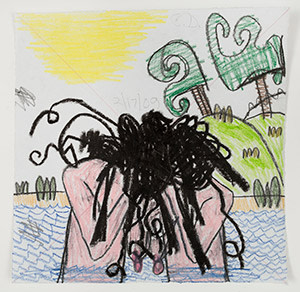
Roula Khalaf, Editor of the FT, selects her favourite stories in this weekly newsletter.
Carroll Dunham has not had an exhibition of his drawings in Manhattan for more than 10 years. Next week at the third edition of Frieze New York he will be showing more than 200 at the Gladstone Gallery stand. The works span nearly 40 years and range in subject from nude bathers in explicit poses to assorted anthropomorphic figures and abstract compositions in riotous colours.
This one-person show exemplifies a growing trend at art fairs for ambitious curated stands devoted to a single artist – who is often heavily involved in selecting the work or creating new pieces specially for the fair.
“I used to find fairs extremely irritating and couldn’t see any value to being involved,” says Dunham. “But I realised over the last few years that they are proliferating and the people organising them are trying to make them better, so I decided it might be more interesting to be more collaborative. I approached this show as if I was doing an exhibition in a gallery.”
Dunham is not alone. A decade ago, only a handful of experimental galleries brought single-artist presentations to art fairs – but at Frieze New York this year there will be more than 20 such solo shows, many of them organised by major market players. They include pictures by Ed Ruscha at the Gagosian Gallery stand, work by the Vietnamese-born performance artist Danh Vo at Marian Goodman, and paintings by the Thai conceptual artist Rikrit Tiravanija at Gavin Brown’s Enterprise.
“There are multiple reasons for galleries to do single-artist shows,” says Frieze co-director Matthew Slotover. “They distinguish a gallery and create more of an exhibition atmosphere. They help galleries attract new collectors by making a strong statement which visitors will remember.”
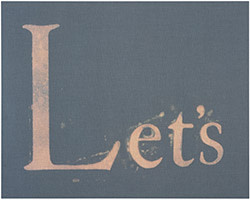
The need to stand out in the hyper-charged, competitive environment of the art fair is key. And herein lies a paradox about contemporary art fairs. Gallery participation in these vast luxury shopping malls for art started to increase around 15 years ago because of encroaching competition from auction houses, which were beginning to promote contemporary art heavily. Dealers realised that by exhibiting together with hundreds of their colleagues they could achieve a critical mass to rival the marketing power of Christie’s and Sotheby’s; fair organisers laid on events such as talks and exhibition visits to help create a more compelling experience.
But the proliferation of fairs over the past decade has caused a significant decline in gallery attendance. “Because there are so many fairs globally, a lot of collectors don’t visit galleries any more, they don’t go to see exhibitions; instead they go from art fair to art fair,” says London-based art adviser Emily Tsingou.
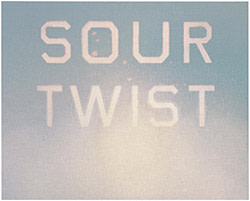
“We can no longer compete with fairs in terms of visitor numbers,” says New York dealer Peter Blum, who has organised a solo display of five new works by the Luxembourg-born artist Su-Mei Tse at Frieze.
So galleries use fairs such as Frieze to promote themselves to new collectors and museum curators; the best way to do this is with a memorable solo show. Commercially this is a gamble. A stand at Frieze can cost up to $65,000, so banking on the work of just one artist can leave dealers out of pocket.
“It is a risk to do a solo presentation, because you are narrowing down your potential client base – either someone is interested in the artist or they are not – but on the other hand it creates an important platform for that artist, with their work seen by a large number of people,” says Blum.
“There are certain fairs that are economically very important for the gallery, such as Art Basel [in Switzerland], so there we wouldn’t do a solo presentation,” says the dealer David Zwirner, who runs galleries in New York and London. In New York, however, Zwirner says he “tries to do one-person presentations as much as possible, because our gallery already has a profile here”. His stand at Frieze this year will show work by the late minimalist master Donald Judd alongside the work of the veteran Japanese artist Yayoi Kusama, highlighting the fact that “the two were friends: in the late 50s and early 60s they lived in the same building, they influenced each other’s work. Kusama went on to be somebody with one foot in minimalism and one foot in pop.”
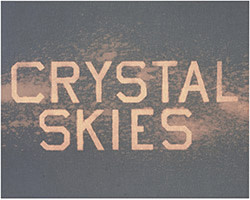
For lesser-known artists, a solo show at a fair can help to launch their career on the international stage. “It gives the audience a chance to get a better sense of the artist if they are not familiar with them,” says Joost Bosland of South Africa’s Stevenson Gallery, whose display of a spectacular installation by Nicholas Hlobo was one of the talking points at the inaugural Frieze New York in 2012. “If one sees a beautiful little Richter [painting] in Marian Goodman’s booth, one has his entire oeuvre in the back of one’s mind. Many of our artists are not as well known, and visitors are unlikely to have the same kind of mental database available. A solo show provides this for them,” explains Bosland, who has a single-person exhibition by the Dutch-born artist Viviane Sassen at this year’s fair.
But there are drawbacks to solo presentations. For one thing, the artists whose work does not get included may be resentful. “When I started [as an art dealer] 20 years ago, artists never thought about art fairs,” says Zwirner. “Today they say, ‘I have a great work for you for Basel,’ so they work with the system much more.”
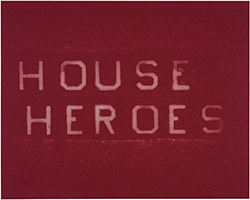
Others fear that the one-person booths have “morphed into the equivalent of a one-person gallery exhibition – but in a gallery context the work would normally be reviewed by critics, discussed by curators and seen over several weeks by collectors,” notes Todd Levin, director of Levin Art Group. “Now collectors spend 10 minutes in a booth and probably don’t return. The work some artists create for such situations is increasingly art-fair art – work that has a certain kind of immediacy, a certain kind of highly decorative wall power and often a jumbo-sized scale. Newer collectors look at this art-fair art quickly, buy it quickly and digest it quickly.”
Some take a more pragmatic view. The British artist Eddie Peake has made several new sculptures and paintings for a solo show at Frieze with the Lorcan O’Neill gallery. The show, the artist’s first in the US, has been designed “to be arresting”, and will include a performance that takes place numerous times a day. “The thing that’s exciting at fairs is the sheer quantity of people,” says Peake. “I’m the kind of artist who likes people to come and see my work.”
Comments